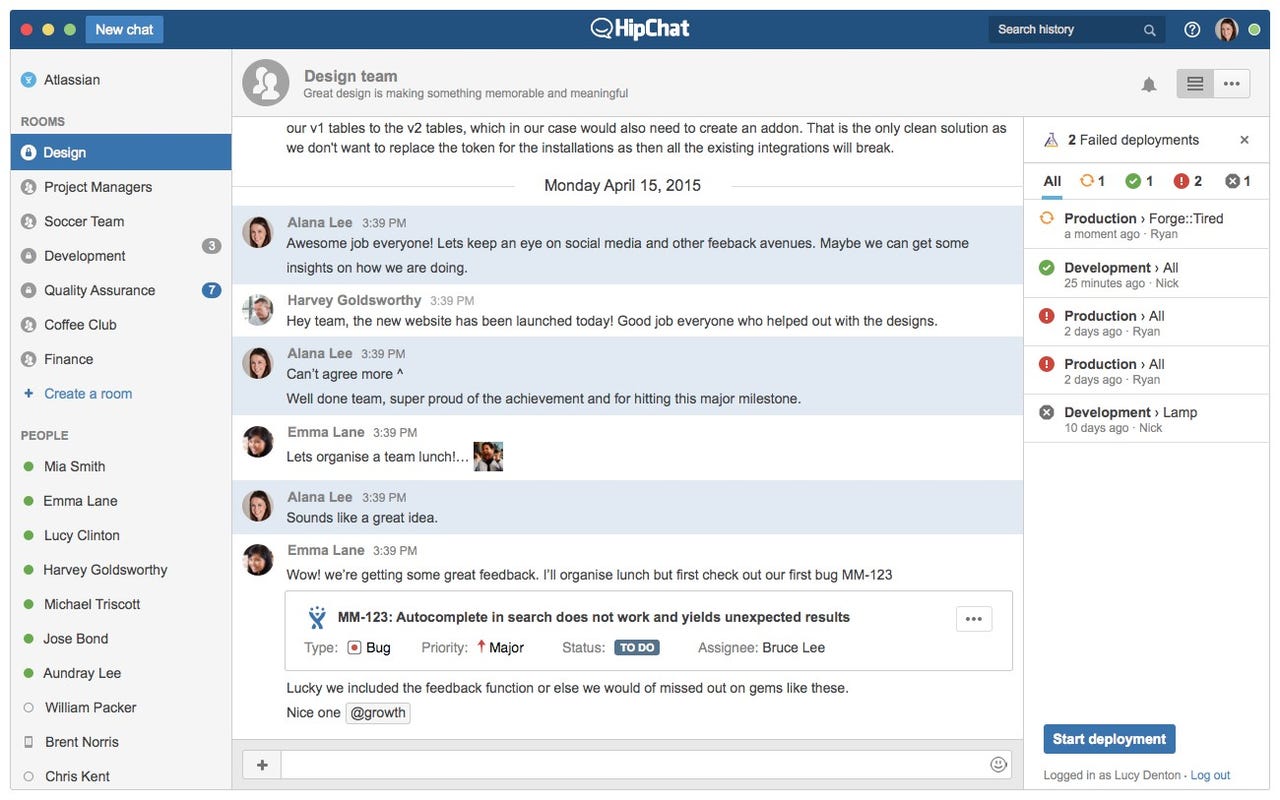Puppet tweaks name, ups support for Docker, Mesos and Kubernetes

Puppet Labs has changed its name to mark a new phase in its growth and as part of this has taken on a chief operating office, and introduced new product initiatives.
Dropping the "Labs" tag, the company will now be known simply as Puppet to "reflect the fact that the tight-knit Puppet community -- tens of thousands of individual open source users and Puppet Enterprise customers -- all refer to the company to as Puppet," the company said.
To go with that the company has appointed its first president and COO, Sanjay Mirchandani, who joins the company from VMware where he was a senior vice-president.
According to Puppet's founder and CEO, Luke Kanies, Mirchandani will be responsible for Puppet's go-to-market execution, including marketing, pre-sales engineering, sales, customer support, and services.
Project Blueshift
The company said that Blueshift is Puppet's engagement with technologies like Docker, Mesos and Kubernetes "and Puppet's commitment to giving organizations the tools to build and operate constantly modern software." Added to that is Puppet Enterprise 2016.1 which, the company says, will, "help organizations orchestrate change, giving them direct control and real-time visibility as they deploy changes across infrastructure and applications".
According to Kanies the aim is to build "the standard platform for automating delivery and operation of the software that powers everything around us".
Details include:
Docker - Puppet can install and configure the Docker Engine, as well as other tools that Docker provides for managing containers -- Compose, Swarm and Network. Puppet also gets Docker Universal Control Plane up and running across Docker hosts.
Kubernetes - Google's container management system Kubernetes lets users manage Pods, Replication Controllers and Services in Kubernetes, and to build domain-specific interfaces to a Kubernetes configuration.
Mesosphere DCOS - The components in DCOS include Apache Mesos and Mesosphere's Marathon which are running in production at Apple, Yelp, Verizon, Puppet says. Its own community has developed, "several modules to install Mesos and the most popular Mesos frameworks" Puppet says that it is also working on a module to install and configure Mesosphere DCOS.
Consul - Hashicorp's open source tool for discovering services on networks can be installed and managed with Puppet. Using the two together means that companies can automate different services in the data center.
CoreOS - According to Puppet, the Linux distribution company has also released other open source projects, including Tectonic (a Kubernetes distribution), rkt, a container engine, etcd, a distributed configuration store and Flannel, a virtual networking component, all of which work with Puppe.
Puppet Enterprise 2016.1
According to the company, Puppet Enterprise 2016.1 now allows gives users direct control of the changes they want to push out along with real-time visibility of those changes, whether it's an app running in a Kubernetes cluster or a fleet of VMs running in AWS.
According to the company new capabilities in Puppet Enterprise 2016.1 include:
Direct change orchestration - Now users can push out any change on demand and orchestrate the ordered deployments of applications and infrastructure, Puppet says. Direct change control also allows them to schedule change in a specific window, and push change through tools like HipChat, Git, Jenkins or directly with Puppet Enterprise.
Real-time orchestration visibility and throttling - Users can see the results of changes as they occur, in real time, says Puppet. They can also deploy a set of changes to a small section of infrastructure, then throttle up or down as needed. For example, an operator can deploy a change to 10 servers, then stop the deployment at any moment to investigate issues. If things are going well, the operator can expand deployment to, "thousands of servers at a time".
Interactive visualization - Last year, Puppet introduced the its interactive node graph. The new release introduces another an interactive dependency graph. Teams can now visualise dependencies across the resources they manage with Puppet, including all ancestors and descendants.
Atlassian HipChat

HipChat: A team communications platform that provides persistent one-on-one chat, group chat, video chat, file sharing and integrations.
According to Puppet integration of its Enterprise Product with Atlassian HipChat that will help organisations, "create more powerful and productive teams". The company believes it will bring "awareness, collaboration and action to a single place" which in turn will help teams to "deploy changes faster and with confidence by bringing greater transparency to the deployment process"
In turn Puppet thinks that the collaboration with HipChat on new integrations will result in "more powerful tools for extending DevOps and modern software delivery practices to the enterprise".
Popular in enterprise settings, HipChat a team communications platform that provides persistent one-on-one chat, group chat, video chat, file sharing and integrations. Teams that use HipChat are able to adopt ChartOps -- a collaboration model that, "connects people, tools, and processes in a single transparent workflow".
A preview of the Puppet Enterprise integration with HipChat will be available in the coming weeks, the company says.
Puppet Enterprise and Splunk
Puppet Enterprise App for Splunk: It "ingests" data into Splunk Enterprise to enable analysis of performance metrics for services like PuppetDB, the Puppet Server and console services.
This new integration will allow companies to direct change using the Puppet Orchestrator, see change as it occurs, and discuss changes in real time as a team, all directly from HipChat, the company says.
The Puppet Enterprise App for Splunk "ingests" data into Splunk Enterprise to enable analysis of performance metrics for Puppet Enterprise services like PuppetDB, the Puppet Server and console services. The app also lets customers create their own customized visualisations in Splunk Enterprise.
The new app aims to help customers visualise activity across the Puppet Enterprise infrastructure and deploy Splunk software using Puppet Enterprise. Customers can also automate the installation and management of Splunk servers and the Splunk Universal Forwarder, and can also configure both with shared configurations.
Further Reading:
Puppet Labs CEO on DevOps hype, Docker's domination and going global
As cloud computing spreads, survey shows IT managers getting more resourceful